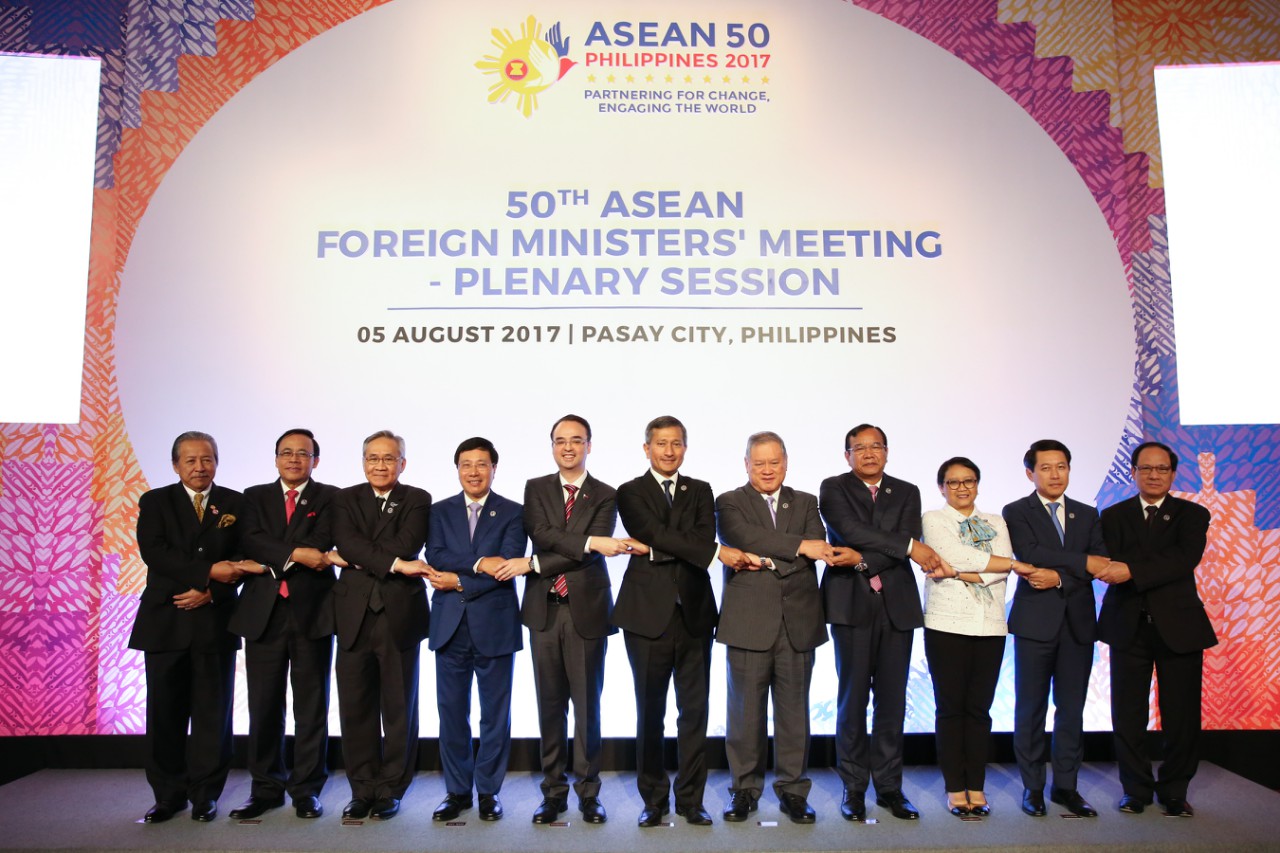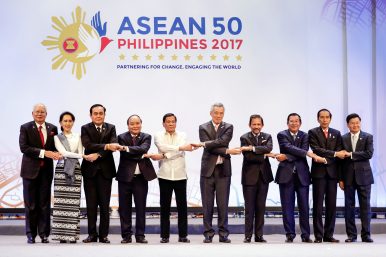Publications
Philippine and ASEAN perspectives on the Korean nuclear and missile crisis*
- Details
- Written by: Lucio Blanco Pitlo III
A succession of nuclear and missile tests and vocal response from its neighbors and the US put the spotlight back again on one of the world’s most enduring flashpoints, the Korean Peninsula. The heated US-DPRK verbal exchanges of threats and Pyongyang’s resolve to push through with its nuclear and missile program despite tightening international sanctions raise serious concern about potential conflict with catastrophic consequences. The conduct of annual US-ROK military exercises in spite of the tense atmosphere, US pronouncements that all options (including military) are on the table, and dispatch of military assets in the area are matched by DPRK’s defiance demonstrated by accelerating the pace and intensity of its nuclear and missile program. All these feed into a deadly spiral that needs to be de-escalated soonest. Recognizing the high stakes involved, the international community began to express deep concern on the issue. Countries bordering DPRK and which have long been engaged in efforts to denuclearize the peninsula, notably ROK, China, Japan, and Russia, along with US, began to undertake measures to tackle the issue, although divergence on how best to proceed with the same is apparent.

Photo from ASEAN 2017
Although not as proximate, Southeast Asia, which includes US security allies that houses American troops and assets, is within the range of DPRK missiles, which according to Pyongyang are now even able to hit targets as far away as Guam and even mainland US. Thus, Southeast Asia made the developments in the Korean Peninsula one of the key regional and international issues discussed in the 50th ASEAN Foreign Ministers Meeting held in Manila last August 5, 2017. In fact, the recent round of missile tests conducted by DPRK came in third after the South China Sea and violent extremism, terrorism and radicalization indicating the high importance attached by the regional bloc on the matter. Philippines, one of the original members of ASEAN and this year’s ASEAN Summit host, presided over such meetings and, as such, have a hand in shepherding the Association to come up with a common stand on the issue. With a firebrand and unorthodox leader at the helm known for breaking longstanding traditions (e.g. downgrading US security ties, expanding economic ties with China, considering security ties with China and Russia) in his quest for an independent foreign policy, how does Philippines see the issue and what are its interests on the same? What role can it play, if any, in keeping stability in a region known as the engine of global growth and development, but which is long haunted by unresolved disputes such as this one?
Duterte’s shift toward China threatens ASEAN centrality, forces other claimants to take stand
- Details
- Written by: Florence Principe

ST ILLUSTRATION: MANNY FRANCISCO*
The feeble stance of the Association of Southeast Asian Nations (ASEAN) on the South China Sea in the past has been made even weaker by the sudden shift of Philippine foreign policy under the Duterte administration. As the chairman for this year’s summit, the Philippines could have used this opportunity to rally the Southeast Asian states to support and uphold the arbitration ruling that it won in July 2016, affirming the rights of littoral states under the UN Convention on the Law of the Sea. Instead, President Duterte decided not to talk to China about the ruling for now – while he resets diplomatic ties and secures economic aid from China.
ASEAN at Fifty: Challenges to Unity and Centrality
- Details
This essay was originally written for a Conference marking the 90th Anniversary of Southeast Asian Studies and Overseas Chinese Studies in Jinan University, Guangzhou, on July 15-16, 2017. Some text is drawn from the integrative chapter in a newly published volume "Building ASEAN Community: Political-Security and Sociocultural Reflections" (ERIA, DFA, 2017)
The Association of Southeast Asian Nations (ASEAN) turns 50 in 2017. Critics and supporters of ASEAN have much to say about the group’s achievements and shortcomings since its establishment in 1967. Critics will say ASEAN has been measured and found wanting. There are too many conflicts within and among its members that remain unresolved. The principles of sovereignty and non-interference in internal affairs have been too privileged in practice, at the expense of effective cooperation and integration. Organizationally, ASEAN is too process-oriented while inadequate in achieving timely results and impact. Consensus among member-states remains shallow even on certain critical issues that require solid agreement. The absence of a common foreign policy and differences in security priorities and threat perceptions continue to stand in the way of a true political-security community, it might also be said.

Image Credit: Reuters/Mark Crisantol
Supporters, on the other hand, will argue: were it not for ASEAN, would Southeast Asia even be as peaceful, stable, and economically progressive as it has been and still is, after several decades? Aren’t the norms and practices associated with the ‘ASEAN Way’ for which it has often been criticized – including informality, nonconfrontation, relying on consensus-based decision making – part of the reasons the member states have remained together all these years? The fact that other countries, including big powers and non-likeminded states, choose to engage in ASEAN-led multilateral arrangements is also clear recognition of the organization’s important contributions.
In the face of ASEAN inaction, minilaterals respond to growing threats to regional security
- Details
- Written by: Grace Guiang
The Indomalphi (Indonesia-Malaysia-Philippines) implemented their first joint maritime patrol in June 2017, after almost a year since the signing of the framework in 2016. The recent attack of the Maute group in Marawi reaffirmed the need and urgency of cooperation. With growing common threats, how can trilateral or minilateral arrangements such as Indomalphi contribute to ASEAN security? What are the implications for ASEAN security cooperation?

Photo by Bobby Nugroho, Nikkei Asian Review*
